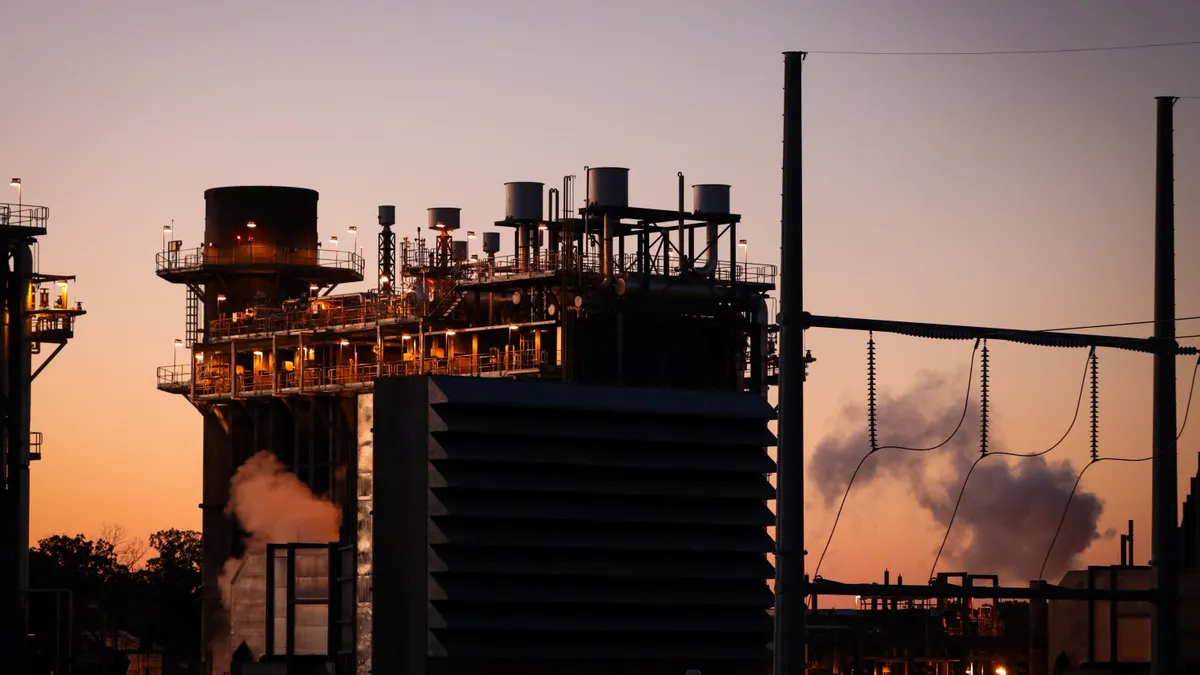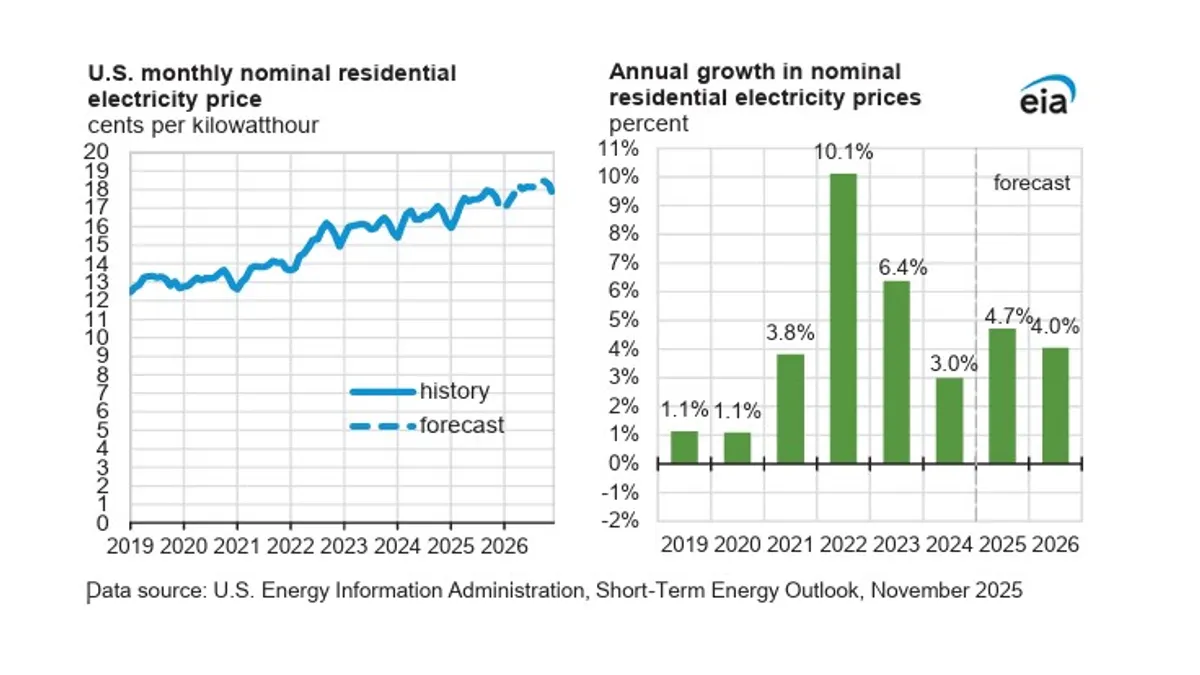Department of the Interior Secretary Doug Burgum moved to limit the development of renewable energy on federal land last week, including by rescinding all designated offshore “wind energy areas” on the U.S. Outer Continental Shelf, and requiring energy projects in federal areas be prioritized by capacity density.
The WEAs were rescinded in a July 29 order that accused the Biden administration of “destructive and ideological policies” and instructed the department to “identify the existence of any preferential treatment toward wind and solar facilities,” in comparison with dispatchable generation, and eliminate any such preferences from “regulations, guidance, policies, or practices.”
“By rescinding WEAs, [the Bureau of Ocean Energy Management] is ending the federal practice of designating large areas of the [outer continental shelf] for speculative wind development, and is de-designating over 3.5 million acres of unleased federal waters previously targeted for offshore wind development,” the bureau said in a release.
The Biden administration had previously set a five-year schedule for offshore wind leasing, with sales in the Gulf of Mexico set for this year; sales in the Central Atlantic set for 2026; sales in the Gulf of Mexico and New York Bight set for 2027; and sales in the Gulf of Maine as well as offshore California, an unspecified U.S. territory, and Hawaii set for 2028.
Interior said last Tuesday that the department plans to “ensure more meaningful consultation regarding offshore wind development, especially with tribes, the fishing industry, and coastal towns,” and “conduct a careful review of avian mortality rates associated with the development of wind energy projects located in migratory flight paths and determine whether such impacts qualify as ‘incidental’ takings of birds.”
A Friday order from Burgum then directed Interior to “permit only energy projects that are the most appropriate use of the federal land and resources.”
A Friday release from Interior said that wind and solar are “inefficient uses of federal lands when compared to other energy sources with much smaller footprints, like nuclear, gas and coal,” and “the Department will now consider proposed energy project’s capacity density when assessing the project’s potential energy benefits to the nation and impacts to the environment and wildlife.”
“Based on data from the U.S. Energy Information Administration, one advanced nuclear plant (2 x AP1000) produces 33.17 MW per acre, while one offshore wind farm produces approximately 0.006 MW/acre, which is approximately 5,500 times less efficient than one nuclear plant,” Interior said.
The nonprofit Oceantic Network criticized the move in a statement, saying the Interior’s “latest directives continue a false narrative on an established American industry that will prevent an important source of baseload power generation from reaching the grid when ratepayers are already feeling the effects of rising electricity prices.”
The department did not immediately respond to a request for comment.















